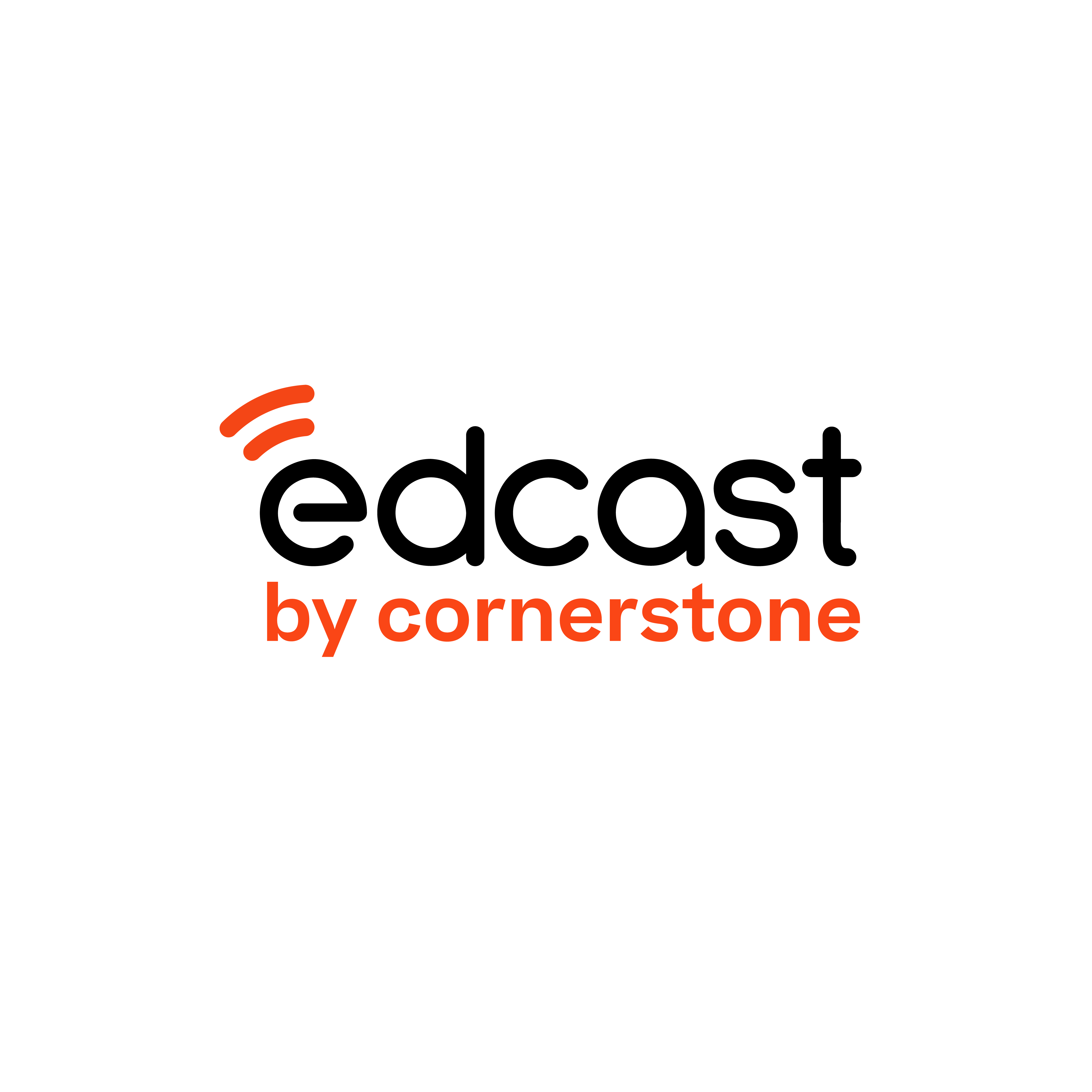Corporate learning and knowledge have changed dramatically in the past few years. Shifts in work have changed the needs and drivers. People are busy, the world of work is changing and technology has enabled new capabilities. The Future of Work means an agile workforce that can adapt and culture of learning to drive those changes. So how does a Learning Experience Platform (LXP) address those needs?
Let’s start with a definition. Very simply, an LXP is a part of a greater learning ecosystem. The learning experience platform acts as a front door to learning and knowledge for corporate employees. A good LXP will integrate all other content repositories: one or more LMS, premium content, subscription content, free and open content, and social learning content. It brings together internal, external, formal and informal sources of learning and knowledge in a simple, easy to use interface (UI), driving an intuitive user experience (Ux). A key feature is that an LXP should use Artificial Intelligence and Machine Learning (AI/ML) to personalize the content to the user. An LXP should be available on the web, and on a mobile device, anytime, anywhere.

Other critical elements of a good LXP include role-based security, dynamic grouping of users, simple creation of user-generated content and social aspects. The experience must be great, allowing employees to easily find, consume and share content.
Finally, a real Learning Experience Platform needs to be able to extend the experience to “Learning in the flow of work.” That means that the search, the experience, and the UI should also be available from within the environment that an employee uses every day. For example, if a sales rep uses Salesforce.com or Office 365 as a part of their job all day, the data and the experience of having a front door to learning and knowledge should be available in those two apps. While in PowerPoint, find what they need, quickly, without leaving the powerpoint application.
Why these features are important
Each feature listed above drives engagement. That is a magic word today for a number of reasons. In order to be successful, a platform should become a habit. Metrics include basic usage, social sharing, and communications. All the features combine into an engagement index that shows employees are upskilling and answering moments of need. To drive performance, other metrics can be added such as consumption, content usage, content creation and more. A great LXP can help drive employees to use the technology to build skills and knowledge. Make it easy, make it a part of their day.
A learning experience platform creates an environment to develop your people.
- The front door to learning makes it easy for employees to find what they need on any device.
- Focusing the results on trusted resources means they find what they really need, without overwhelming the user.
- The great UI and Ux provides the user with an environment like the one they have come to expect on a mobile device. Simple, intuitive and modern.
- A true Artificial Intelligence/Machine Learning engine personalizes the results. They get aggregated and personalized content, like Amazon or Netflix.
- Social elements and content from Subject Matter Experts deliver answers they trust.
- Blending content from multiple sources provides a complete result.
And it should all be easy to measure.
The role of an LXP in your company
Does this mean the LMS is dead? No, it is but one of the elements of the whole ecosystem. We are all aware that the NPS for the LMS is awful – users prefer to use Google than to use the LMS. Their UX and UI are not up to the consumer expectations and the rules are too strict. But there is a place for the LMS today. By integrating the formal content from your LMS into the LXP, good learning and skill-building are easy to find and use. And they can be measured along with other types of content.
A modern Learning ecosystem can include a Learning Management System, premium or subscription content providers, a marketplace of content, internal storage, free and open web, SME and influencer content and other repositories. Today, a good ecosystem should enable people, content, tech, and process to work together. An LXP integrates, aggregates and personalizes all sources. And it provides a way for SMEs and leaders to participate in creating and commenting. That tacit knowledge can be unlocked to help drive innovation and a deep competitive advantage. Their content becomes the pot of gold at the end of the tech rainbow.
Now you are using technology bring a culture of learning. Learning happens everywhere and a good LXP can bring all the elements together, seamlessly.
A Learning Experience Platform should do a number of tasks for us:
- Aggregate content from a variety of sources
- Curate that content to show the best of the best
- Personalize delivery to each user and/or group
- Enable easy discovery of content
- Bring in SME and leader created content to drive use and build skills
All in a great consumer-like user experience
A successful learning ecosystem also needs care and feeding. The technology should have good, in-app help. The content should suit the needs of today’s employees. Leadership should endorse and use the system and be frequent contributors. And solid marketing concepts should be applied to drive engagement.
Key Advantages
What are the differentiators of the best learning experience platform? Depth of capabilities like AI, analytics that adapt to digital learning, the best Ux and the ability to easily blend content.
The other advantages of an LXP should include enabling self-directed learning, having a communications tool that leaders can use to share knowledge or ideas, providing a venue for subject matter experts to build and share content as well as providing a front door to all knowledge and learning. A good LXP should enable integration with HRIS to create and manage role-based access and content. Finally, what is measured works best, so the LXP needs to report on data to drive usage and governance.
The cost of an LXP can easily be mitigated by the utilization of a great system, the skills growth and the balance of reductions from other costs. The true cost to realize is the cost of not having an LXP. Think about the cost of turnover, lack of engagement, unskilled workers and the loss of tacit knowledge and communications.
At EdCast, we have found three elements that are critical to success:
- Content
- Leadership and SME (Champion) involvement
- Communications
We help our customers create the best experience for their company. That partnership and knowledge of digital learning helps drive your success. Join us!


